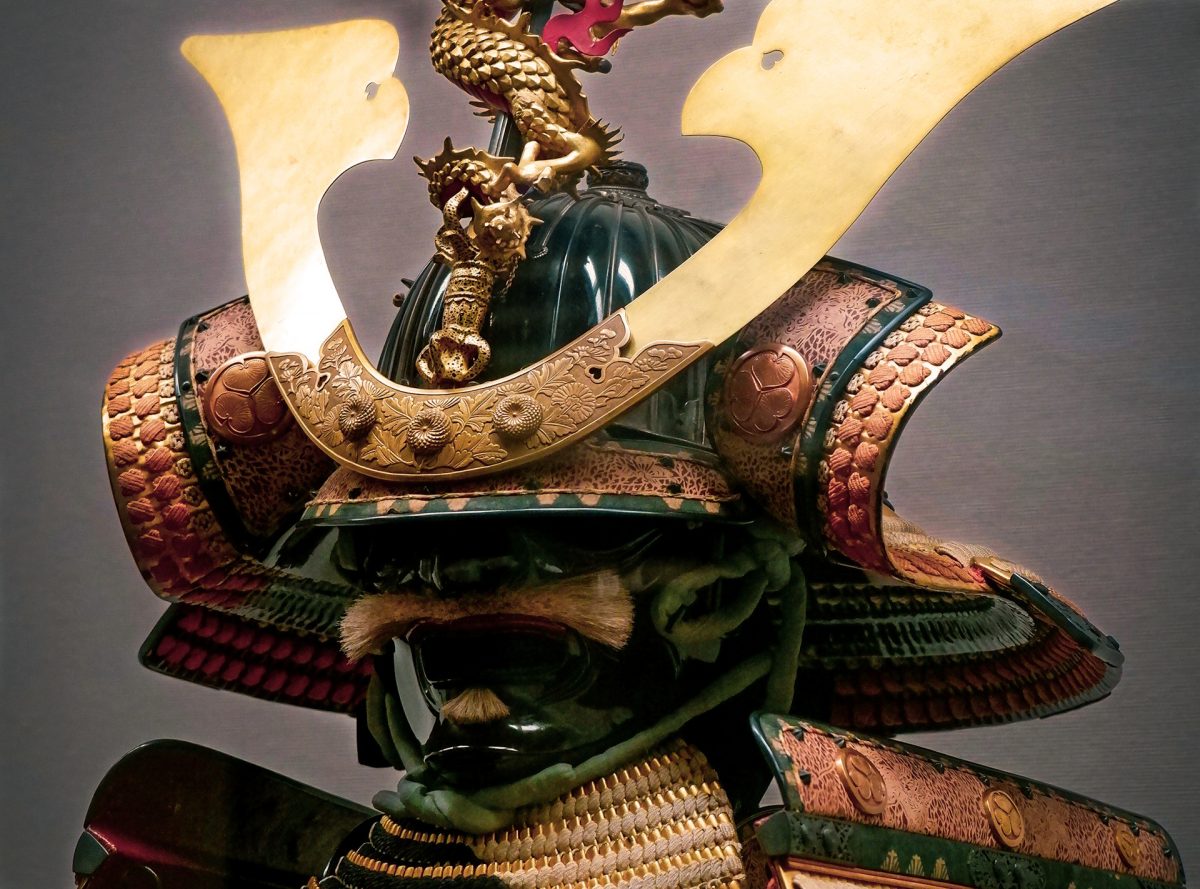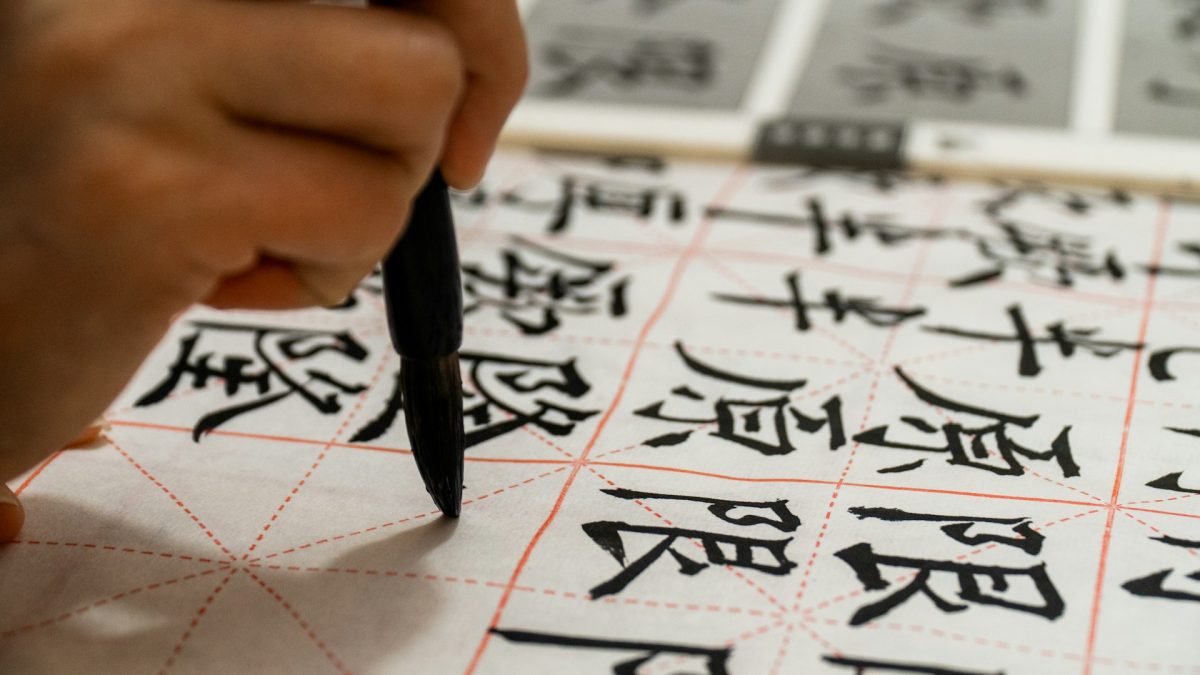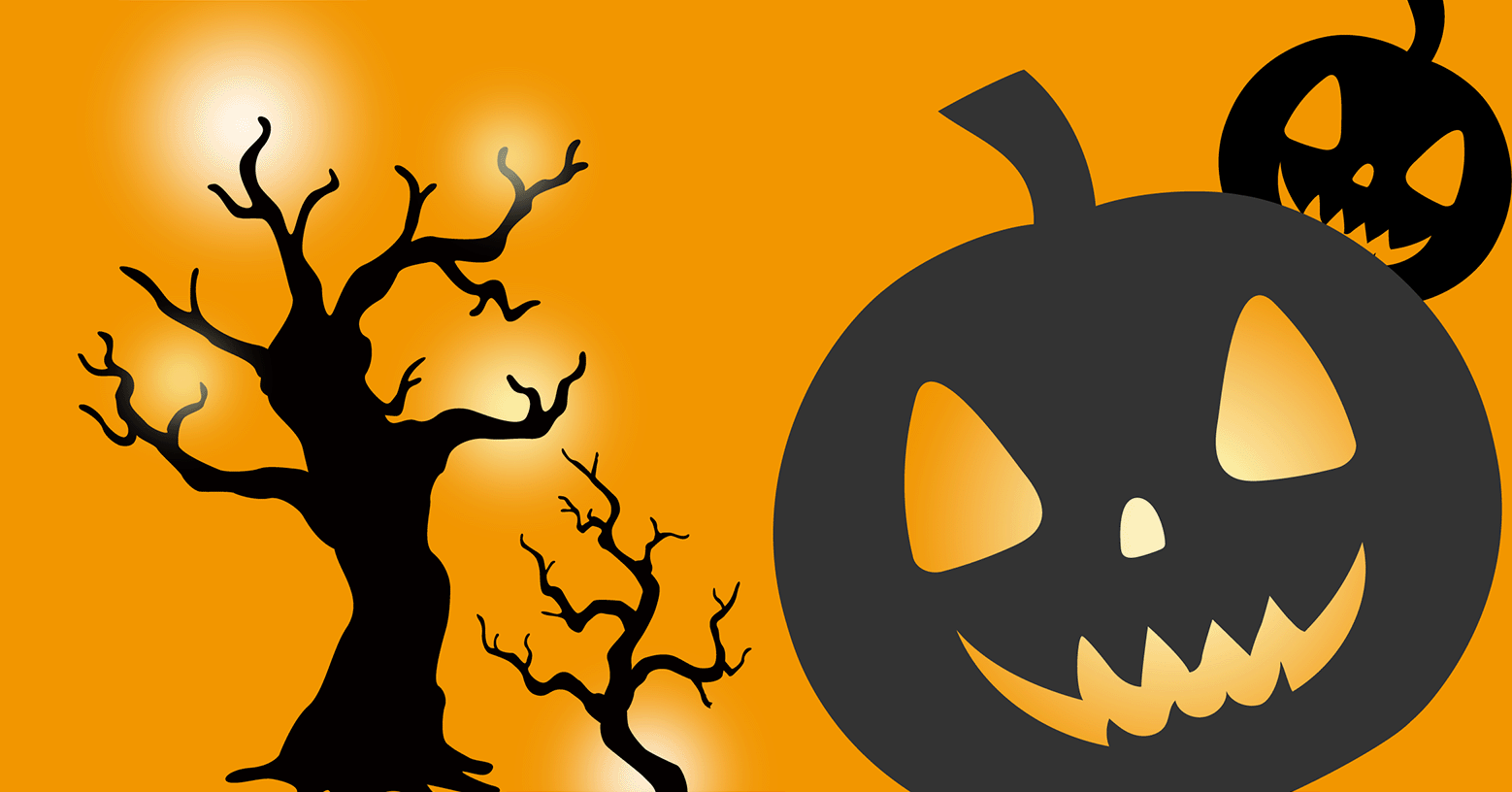
All over the world, in every culture, monsters exist. Each has its own unique story to tell, with roots in various traditions and perhaps specific events in history. From the 20th century onward in particular, but even before that, the entertainment aspect of monstrous beings is also something we should not overlook. Here we’ll talk about the three main reasons why monsters were and continue to be a part of the human experience.
Contents
To explain the unexplainable
When something happens that cannot be explained by existing knowledge, it’s only human nature to attribute it to something supernatural. In some cases that might be a divine being, or with others it may be a monster. Fossils are a prime example.
Let’s go back 2000 years and imagine you’re a Scythian gold miner in the Gobi Desert who just dug up a skeleton with a beak, claws, and body much larger than any known bird. Your imagination would have provided an acceptable answer – the Griffin, half eagle, half lion, and fierce defender of hidden gold – whereas a modern scientist may have concluded it was a protoceratops. In her book “The First Fossil Hunters: Dinosaurs, Mammoths, and Myth in Greek and Roman Times,” historian Adrienne Mayor explains that many mythological monsters did have a basis in fact, in the enormous bones of long-extinct species.
Going back to sources, the “Liber Monstrorum De Diversis Generibus” (Book of Monsters of Various Sorts) written in the early eighth century, says that “there are monsters of an amazing size, like King Hygelac …whom no horse could carry from the age of twelve. His bones are preserved on an island in the river Rhine, where it breaks into the Ocean, and they are shown as a wonder to travelers from afar.” But current research seems to indicate that those so-called bones of King Hygelac were actually from a woolly mammoth. It’s not hard to imagine the Cyclops and fire-breathing dragons also having similar fossil-based origins.
Other explanations of the unexplainable may be even more reliant on a vivid imagination. In Japan, a country of frequent earthquakes, their earthquake early warning system uses a catfish as its logo. Why? There’s a legend that claims a giant underground catfish called Namazu (鯰) or Ōnamazu (大鯰) shakes the ground whenever it stirs. Although this sounds like myth, even to this day some believe that ordinary catfish can predict earthquakes, and the government of Tokyo even sponsored a study to see if the fish were a viable source for temblor prediction. The results were promising to some but inconclusive to others.
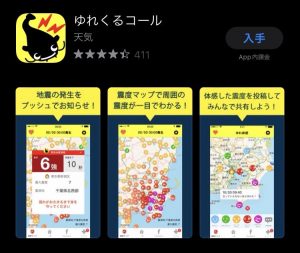
Earthquake early warning app “Yurekuru Call”
Similarly, tsunami, volcanic eruptions, epidemics, solar eclipses, abnormal weather conditions and various natural phenomena have no doubt been attributed to monsters over the ages, throughout the world. And, as scary as it may sound, perhaps some very diabolical deeds wrought by humans have also found a resting place among people’s collective memories as the evil doings of monsters.
To educate from generation to generation
In the Native American cultures of the south-western United States, there are Kachina. These are spiritual beings that have enlightened, protected and also frightened the people of the Hopi, Zuni, and other tribes from ancient times. In the physical world, they take the form of masked dancers and wooden dolls, which play an important role in rituals related to planting, harvesting, war, and coming of age ceremonies, handed down through the centuries. As histories and instructions were conveyed through oral tradition, this ritualization helped to maintain continuity.
But what’s even more interesting in terms of this post are the monster-like “disciplinary kachinas,” whose purpose is to teach children to be good (by frightening them into good behavior). During ceremonies, Kachina such as Chaveyo (giant ogre), Natask (black ogre) and others visit the homes of the village and scare the children much like the Bogeyman in western culture or the Namahage (生剥) of northern Japan. But unique to the Kachina are the carved Kachina dolls, which serve as a daily reminder to the children to behave or else, and to maintain a connection with ancestral traditions.
Perhaps there are monsters and creatures associated with certain events and rituals in your part of the world. Although many nations have a predominant religion in the present-day, those cultures are also the collective result of what may include remnants of older shamanistic traditions where animals and spiritual beings played an important role.
To entertain in a frightening way
Any number of festivals featuring masks and costumes may have had ritualistic roots but in today’s world have a heavier emphasis on entertainment. A good example would be Halloween, which comes from “All Hallows Eve,” occuring on the eve of All Hallows Day or All Saints Day in western Christian tradition, especially in Ireland and Scotland. All Saints Day corresponds to Día de Muertos (Day of the Dead) in Mexico where the Christian and Aztec traditions have intermingled for a unique experience.
After being taken to the United States by immigrants, Halloween blossomed into its present form with costume parties, trick-or-treating, and a myriad of horror flicks that have proven to be consistent heavy hitters. When Hollywood meets Halloween, it produces its own kind of monster.
From Frankenstein to Freddy, from Sasquatch to Sadako, horror is a big money generator that is leveraged each year, not only at the box office but also in video games and at theme parks and other venues every year around Halloween time. Even in countries where it was not widely recognized a few decades ago, like in Japan, Halloween is now a thing. Although the pandemic put a damper on it recently, the Shibuya district of Tokyo has been the scene of wild Halloween street parties over the past dozen years.
Interestingly, the traditional season for ghosts and monsters in Japan is not in the fall. The Namahage mentioned earlier visits people’s houses during New Year’s, and folks throw beans at Oni (鬼) demons during Setsubun in early February. But the ghosts and ghouls come out in full swing during the summer. Why? It’s said that seeing or hearing something scary sends chills down your spine, which is just what the doctor ordered during the hot and muggy Japanese summer season. Another, perhaps more sound theory, is that summertime is when the spirits of ancestors come back to visit their homes during the Bon (盆) festival, and this led to ghostly stories being told through oral tradition and theater during the summer. In a Kabuki play, you can instantly spot the monster or demon by the brown kumadori makeup pattern that’s used on the character’s face.
Very rarely, a monster is a harbinger of good luck. Take, for instance, the Japanese Amabie, which allegedly emerges from the sea, prophesies either an abundant harvest or an epidemic, and if the latter, instructs people to draw its likeness to defend against disease. It therefore becomes a good luck charm. So, here goes, hope it works.
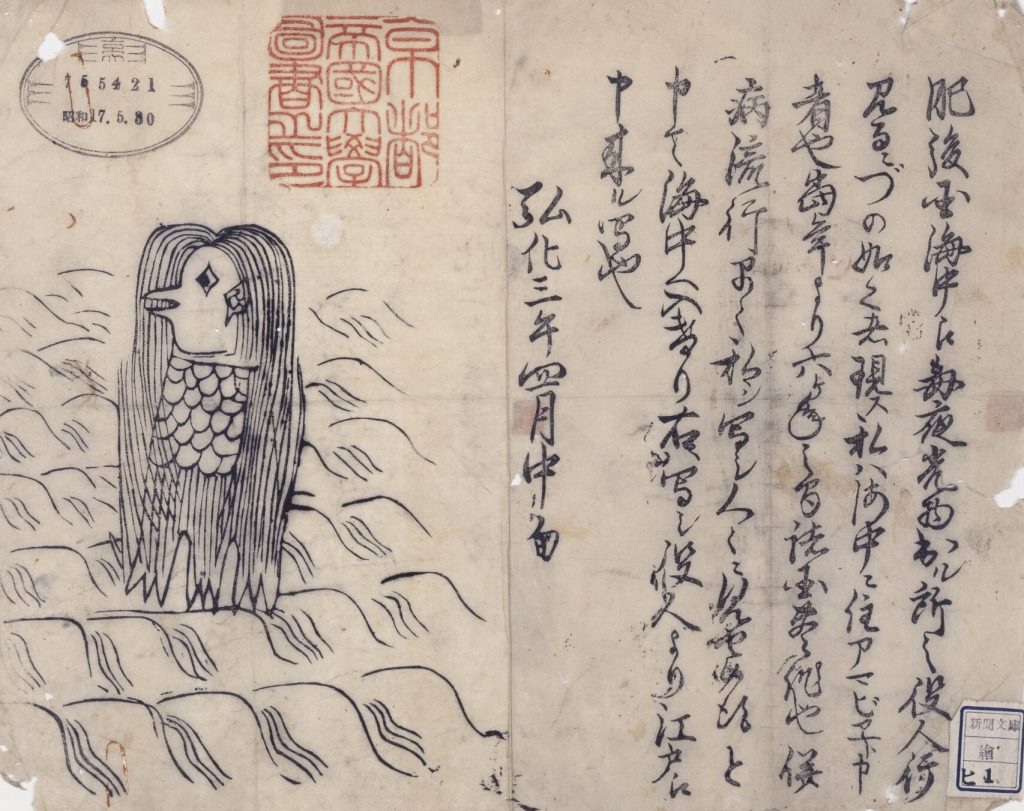
Photograph courtesy of the Main Library, Kyoto University – Amabie
Douglass McGowan






